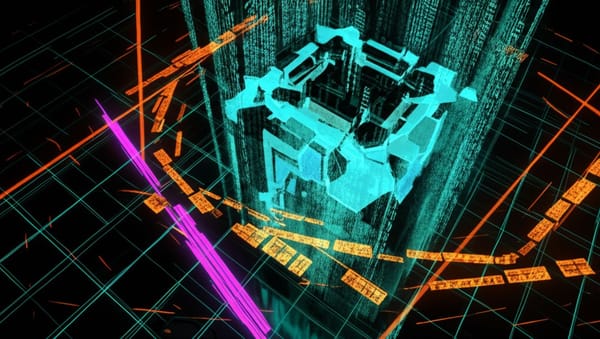Anthropic Sets 2027 Target for Comprehensive AI "Brain Scan" Technology

Anthropic is "doubling down on interpretability" with an ambitious target to develop technology that "can reliably detect most model problems" in advanced AI systems by 2027, according to CEO Dario Amodei in a newly published statement that reveals specific timelines for the company's safety research agenda.
This concrete deadline for achieving capabilities Amodei compares to an "MRI for AI" comes as the company intensifies efforts to understand the internal mechanisms of increasingly powerful models, End of Miles reports.
A race between insight and intelligence
Amodei frames the push for interpretability as a critical race against rapidly increasing AI capabilities, with potentially enormous stakes for humanity. The urgency stems from his assessment that truly transformative AI systems could arrive sooner than many realize.
"We are in a race between interpretability and model intelligence," Amodei writes. "We could have AI systems equivalent to a 'country of geniuses in a datacenter' as soon as 2026 or 2027. I am very concerned about deploying such systems without a better handle on interpretability." Dario Amodei, CEO of Anthropic
The Anthropic leader describes recent breakthroughs that have convinced him interpretability research is "on the right track," including the ability to identify and trace "circuits" showing how AI models reason through problems. These advances have opened what he sees as a "realistic path towards interpretability being a sophisticated and reliable way to diagnose problems in even very advanced AI."
The promise of AI "brain scans"
According to Amodei, the company's "long-run aspiration" is to develop something akin to a comprehensive diagnostic scan for AI systems - a tool that could identify a wide range of potential issues before they cause real-world problems.
"Our long-run aspiration is to be able to look at a state-of-the-art model and essentially do a 'brain scan': a checkup that has a high probability of identifying a wide range of issues including tendencies to lie or deceive, power-seeking, flaws in jailbreaks, cognitive strengths and weaknesses of the model as a whole, and much more." Dario Amodei
The AI safety expert envisions interpretability becoming a fundamental part of the testing and deployment process for advanced models, particularly those categorized as "AI Safety Level 4" under Anthropic's Responsible Scaling Policy framework. Such tools would work in tandem with other alignment techniques, providing an independent check on whether models are behaving as intended.
Commercial applications driving investment
Beyond safety considerations, Amodei reveals Anthropic is pursuing commercial applications for its interpretability research, particularly targeting industries where explainability of decisions is crucial.
"Anthropic will be trying to apply interpretability commercially to create a unique advantage," he writes, "especially in industries where the ability to provide an explanation for decisions is at a premium."
He even uses this potential commercial edge as a competitive lever, suggesting that rival companies should invest in interpretability or risk falling behind: "If you are a competitor and you don't want this to happen, you too should invest more in interpretability!"
The state of interpretability today
Though setting 2027 as the target for reliable detection capabilities, Amodei acknowledges significant progress already made. Researchers at Anthropic have identified over 30 million interpretable "features" in Claude 3 Sonnet, and have begun tracing "circuits" that show step-by-step thinking in models.
"One year ago we couldn't trace the thoughts of a neural network and couldn't identify millions of concepts inside them; today we can." Dario Amodei
To accelerate progress, he calls for researchers across industry, academia, and government to contribute to interpretability efforts, suggesting it offers "rich data, exciting burgeoning methods, and enormous real-world value."
Whether Anthropic's 2027 target proves achievable remains to be seen, but Amodei's declaration signals both the company's confidence in recent breakthroughs and the urgency with which it views the development of robust interpretability tools before the arrival of truly transformative AI capabilities.





